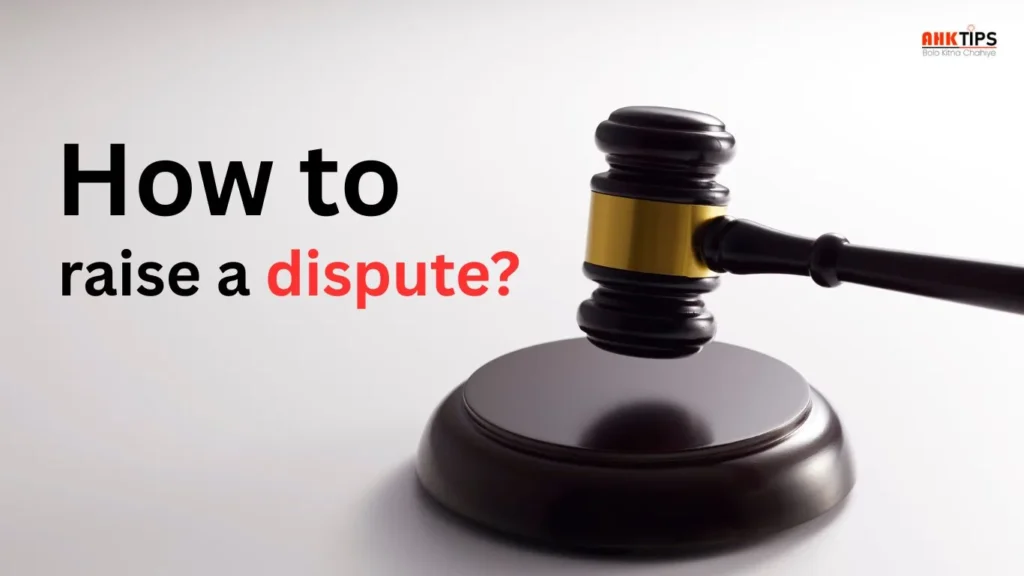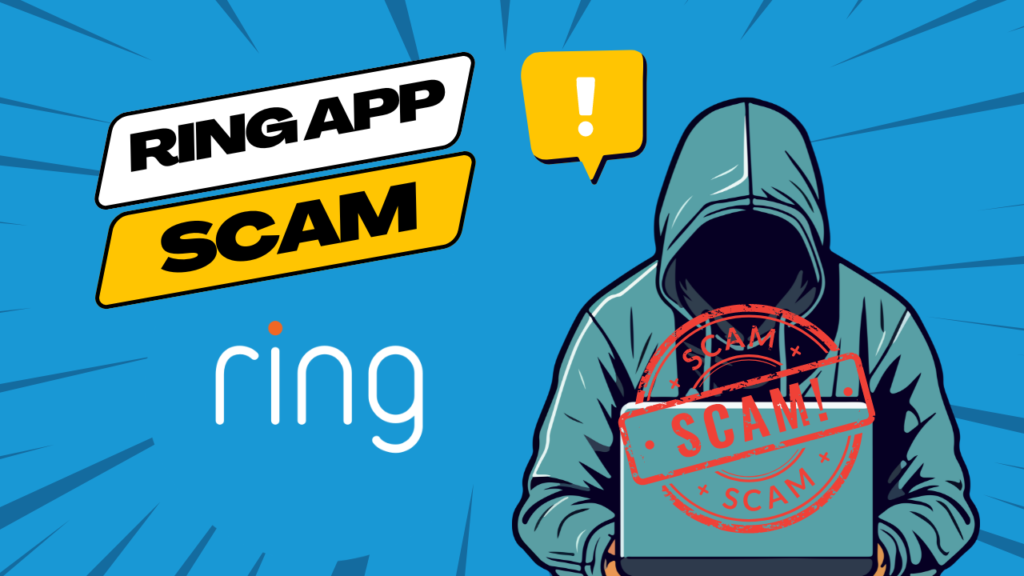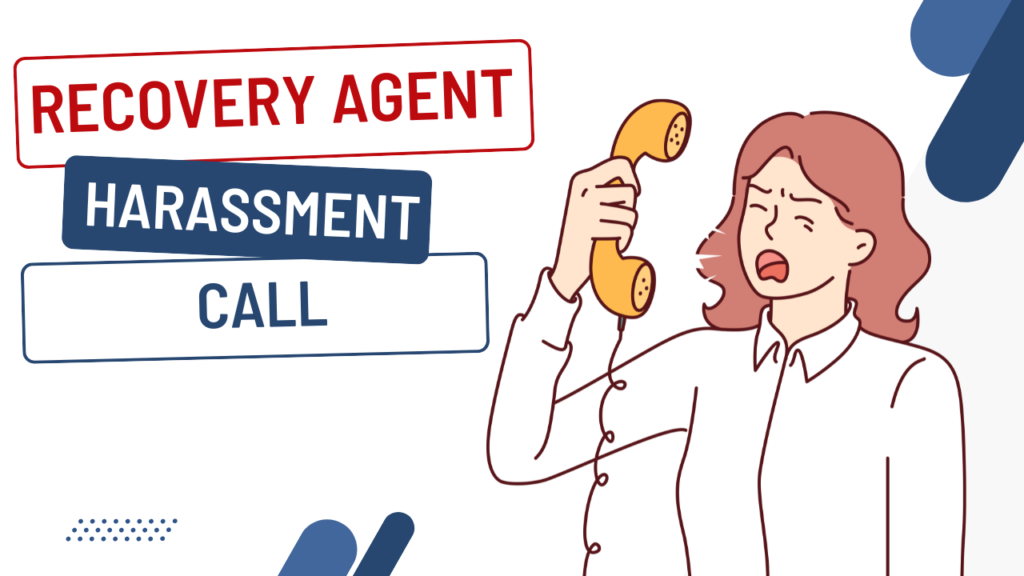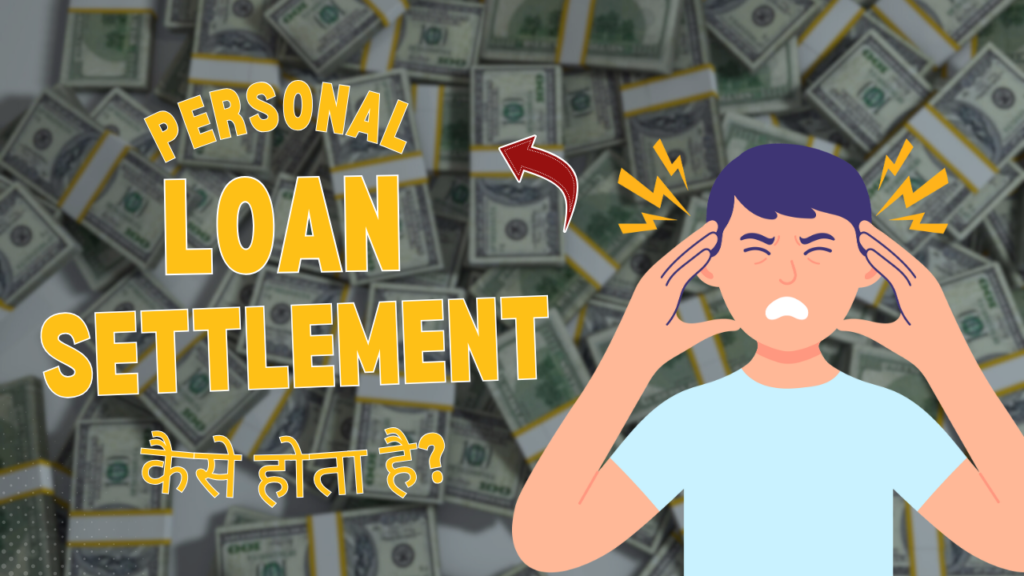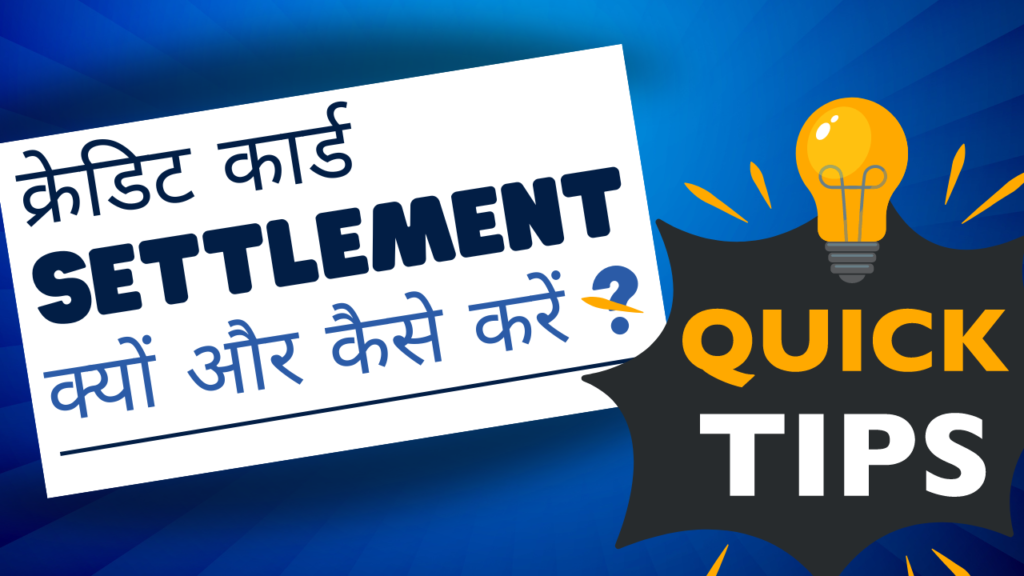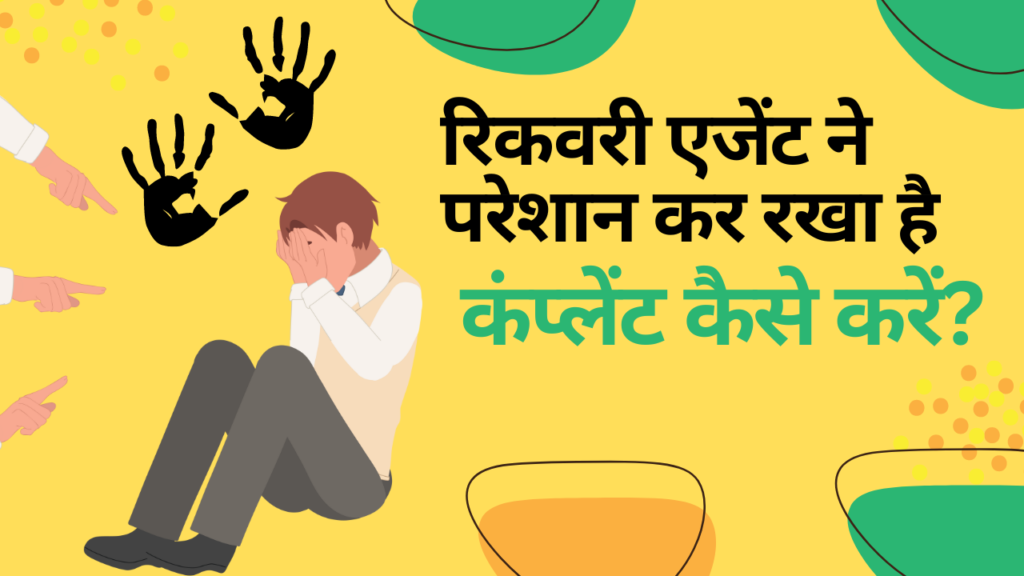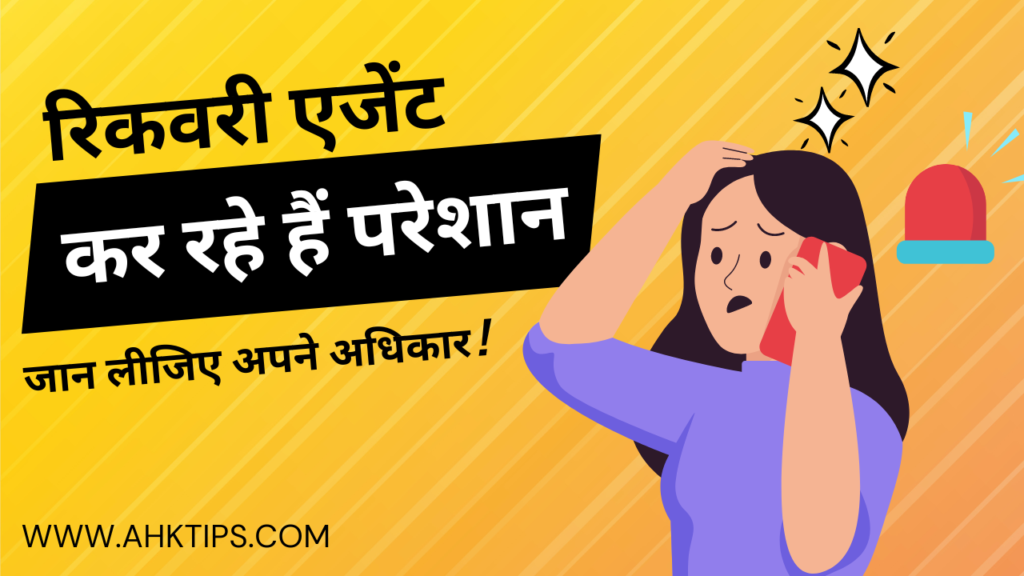Summary
Your CIBIL report is very important to your financial health. It reflects your credit card and loan history and makes banks approve or reject your loan or credit card request. If there is a mistake, like an incorrect status of settlement in your CIBIL report, it can damage your credit score severely. A “settled” status means you borrowed money from the lender and did not pay back fully, and lenders may consider you a high-risk borrower. Therefore, you should immediately correct any misinformation.
If you notice an incorrect settlement appearing in your CIBIL report, you need to dispute it at once. It is simple and can be done online. Download your latest CIBIL report first and locate the wrong entry. Collect supporting documents like your loan closure letter, payment receipts, or NOC from the bank. Next, go to the CIBIL Dispute Portal, select the account on which the mistake has been made, complete the dispute form, give a clear description of the issue, and send.
CIBIL will contact your bank to verify the mistake. If your bank agrees, your report will be corrected suitably. The whole process usually takes 30 days. During this time, you need to monitor your dispute status online.
Introduction
Your CIBIL report is extremely important in case of your finances. Your CIBIL report shows your repayment history and determines whether banks and other lending players should lend you a loan or provide a credit card to you. When your CIBIL report is good, it is easy to get loans with very low rates of interest rates. But sometimes faults may slip through. One of the most frequent mistakes is when a settlement is misrepresented in your CIBIL report.
It is important to understand that a “settled” status is not helpful to your credit report. When a loan or credit card account is settled, it means the lender agreed to accept less than you were supposed to pay. This means you may not have been able to pay off the entire amount, which the lenders view as a risk.
The majority of individuals panic and become baffled when they see a phony settlement record. They may not know how to rectify it or whom to contact. The good news is that CIBIL has a proper system where you can simply lodge a dispute online. You do not have to visit any office or fill out complicated forms. You just need to visit the CIBIL website, give your details, explain the mistake, and request the correction.
This is the way you must dispute a wrong settlement if it is shown in your CIBIL report. We will describe everything in an easy-to-understand language so that you can understand the process simply and correct your credit report without any problem.
What is a Loan Settlement?
Loan Settlement is a process in which you negotiate with your creditor to forgive a part of the outstanding amount on your Loan by making a lump sum payment. It is an agreement that you make with your card issuer as a last resort when you see that your Loan debt is increasing.
This can happen due to many reasons, ranging from unnecessary spending to careless spending habits. When your debt increases, the interest on it also increases, which can make it difficult for you to repay the outstanding amount. If you do not see any way out of this, then you can recommend a Loan Settlement.
What are the reasons for doing a Loan Settlement?
Below are some common reasons:
- If a person loses his job, stops a source of income, or suffers huge losses in business, then it may be difficult to repay the loan on time.
- There may be a shortage of money to repay the loan if the expenses suddenly increase due to a major illness or medical emergency.
- Many times, a person has the burden of more than one loan, which becomes difficult to repay on time.
- There may be problems in repaying the loan due to any natural disaster, accident, or any major crisis in the family.
- If the interest rate of the loan is very high and there is a problem in repaying the installment, then a Loan Settlement is resorted to.
- Many times, a person is not able to manage his expenses and income properly after taking a loan, which causes problems in repaying.
What documents are required to do a Loan Settlement?
Let us know what documents are required for a Loan Settlement.
1. ID Proof
- Aadhar Card
- PAN Card
- Passport
- Driving License
- Voter ID
2. Address Proof
- Aadhar Card (if it has the correct address)
- Electricity or Water Bill
- Copy of Bank Passbook or Bank Statement
- Rent Agreement (if you live on rent)
3. Income Proof (if required)
- Salary Slip (if you are employed)
- Bank Statement (last 6 months)
- Copy of Income Tax Return (ITR)
- Business Documents (if you are a businessman)
4. Loan Statement
You will have to provide the Loan statement to give the correct information about your outstanding balance. The bank can also generate this statement itself, but sometimes they ask you for a copy of it.
5. Settlement Request Letter
If you are approaching the bank for settlement on your own, you will have to give a written Settlement Request Letter in which you can explain:
- Why do you want a settlement?
- What is your financial situation?
- How much can you pay as a one-time payment?
6. Settlement Offer Letter given by the bank
When the bank agrees to the settlement, it gives you a Settlement Offer Letter. Read it carefully and confirm the amount and terms mentioned in it.
How to apply for a Loan Settlement?
If you are unable to pay your Loan dues and are troubled by heavy interest rates, a Loan Settlement can be a possible solution. Under this process, the bank or Loan company can waive off part of your total outstanding amount and give you the option to make a lump sum payment (One-time Settlement). However, this can affect your CIBIL score, so adopt it only as a last option.
Step-by-step process to apply for Loan Settlement
- First of all, decide that you are not in a position to pay the entire Loan dues.
- Check your income and expenses and decide how much you can pay at most.
- Talk to the customer care of your bank or Loan company and tell them about your current financial situation.
- Ask for a settlement offer from the bank and start the conversation.
- The bank will propose a settlement amount, which will be lower than your outstanding amount.
- If you don’t accept this amount, negotiate with the bank and attempt to lower the amount based on your capacity to pay.
- After the bank and you reach an agreement on a specific amount, ensure that you receive a written settlement letter.
- It should explicitly state the settlement terms, payment dates, and other conditions.
- After completing the settlement, pay the amount in full within the given time.
- Get a No Due Certificate (NOC) or Final Settlement Letter from the bank after the payment.
- After the settlement, make sure the bank updates the “Settled” status in your CIBIL report.
- This can affect your credit score, so inculcate good financial management habits to improve it in the future.
What to do before doing a Loan Settlement?
Below are some steps that should be followed before a Loan Settlement:
- First of all, check your income, expenses, and all other debts properly. Know how much you can repay.
- Before a Loan Settlement, share your problem with the bank or lender.
- Sometimes, they can offer you a better solution, such as reducing the EMI or increasing the loan term.
- Contact a financial advisor or expert. They can help you make the right decision and explain how a Loan Settlement will affect your credit score.
- If you decide to do a Loan Settlement, read the terms and conditions given by the bank carefully. Make sure that you are not being charged any hidden fees.
- Doing a Loan Settlement can reduce your credit score. This can make it difficult to get a loan in the future. Make a decision keeping this in mind.
- Loan Settlement should be the last option. Before that, consider other options like refinancing, reducing EMIs, or asking family and friends for help.
What is the impact on the CIBIL score after a Loan Settlement?
A settlement can hurt your credit score. The impact can be seen in the following ways:
- After settlement, if you have a Loan or other credit line, your credit limit may be reduced as creditors think you may be a high-risk customer.
- If your credit score drops, it may be difficult for you to get a loan, Loan, or any other type of credit facility. This can also affect your financial stability, especially if you face a financial emergency in the future.
- When you settle with your bank, you are not paying off the entire debt, but a certain amount that is less than the principal amount. This is viewed negatively by the credit bureaus, as it shows that you have been unable to repay your debt. As a result, your credit score may drop.
- After the settlement process, your credit report records that you have “settled” your debt. This entry remains in your credit history for 7 years and can be viewed negatively by lenders or other creditors, which can affect your chances of getting a loan in the future.
- Since a settlement means that you have not repaid the entire debt, when you try to get a new loan in the future, banks may reject your application or offer you loans at higher interest rates by looking at your credit score and report.
How to raise a dispute if a wrong settlement is shown on CIBIL?
If your CIBIL report displays a wrong “settled” status for some credit card or loan, you need to dispute it immediately. Here is the way you can do it in a straightforward step-by-step guide:
1. Obtain a Copy of Your CIBIL Report
- First of all, download your recent CIBIL report.
- You may obtain it from CIBIL’s portal.
- Verify which account has the wrong “settled” status.
2. Gather Documents in Support
- Gather documents such as:
- Loan closure letter
- Receipt of full and final payment
- Bank’s No Objection Certificate (NOC)
- Email receipt of full payment by the bank
These documents will assist you in preparing your case in the right manner.
3. Visit the CIBIL Dispute Portal
- Visit the official CIBIL Dispute Resolution Page.
- Click on “Raise a Dispute”.
- If you are not a registered CIBIL customer, then you will have to register with your email ID and mobile number.
4. Complete the Online Dispute Form
You are required:
- Choose the incorrect account of your report.
- Choose “Dispute Type” as “Account Information”.
- Write the issue properly in the comment box. Example:
- “I have paid my loan fully, but it is getting incorrectly reflected as ‘settled’. Please rectify it to ‘closed’.”
- You must be firm yet courteous in writing the issue.
5. Raise Dispute Request
- Send the dispute after filling up all the details.
- You shall be given a Dispute ID for tracking the purposes of your complaint.
6. Wait for the Investigation
- CIBIL will contact the bank that has made the incorrect settlement.
- The bank will verify from their end and respond to CIBIL.
- This will be done within 30 days (sometimes quicker).
7. Check Status Regularly
- Log in to your CIBIL account and keep checking the status of your Dispute ID.
- If needed, be prepared to submit more documents.
8. Correction and Update
- Your CIBIL report will be updated after your dispute is accepted.
- You will receive a confirmation email from CIBIL.
What are the advantages (Pros) of doing a Loan Settlement?
Let us know what the benefits of doing a Loan Settlement are:
- Mental tension grows through rising debt and bank calls. On settlement, you are free from this concern, and you may concentrate on a better financial status again.
- While a settlement will bring down your CIBIL score, provided you exercise financial responsibility after the settlement and settle your other loans and bills punctually, you will improve your score over time.
- In a Loan Settlement, you pay a specific sum at one time, which settles your debt entirely. It may be helpful to the people who desire to come out of debt by increasing a little money at a time.
- If your Loan dues have become very high, and you are unable to repay them, then a settlement can give you great relief.
- When you do not pay your Loan continuously, the bank can send a legal notice to you and can also send a recovery agent.
- The interest on Loans is very high, which can be up to 30-45% per annum. If you are not paying on time, the interest and late payment fees keep increasing continuously.
What are the disadvantages (Cons) of doing a Loan Settlement?
Let us know in detail what the disadvantages of doing a Loan Settlement are.
- In some cases, when you go to take a loan from another bank in the future, the bank may ask you to repay the entire previous settlement amount after looking at your credit history. That is, if you had settled by paying Rs 50,000 on an outstanding amount of Rs 1 lakh, then the new bank can demand the remaining Rs 50,000 from you.
- If you have settled a Loan with a bank, then the same bank can refuse to issue you a Loan again in the future.
- Doing a Loan Settlement can spoil your relationship with the bank. The bank sees it as if you have not fulfilled your financial responsibilities completely, due to which you may face problems in banking services in the future.
- The biggest disadvantage of a Loan Settlement is that it spoils your CIBIL score. When you settle with the bank and pay a lesser amount instead of paying the entire dues, the bank reports it in “Settled” status. This status can remain in your credit report for up to 7 years, which may make it difficult to get a loan or a new Loan in the future.
- If you have done a Loan Settlement once, banks and other financial institutions may consider you a “high-risk customer”. This may cause problems in getting a home loan, personal loan, or business loan, or the bank may give you a loan at a higher interest rate.
Conclusion
In today’s age, your CIBIL report is as good as your identity. It tells banks and lenders how you handle money. If your CIBIL report shows wrong information, like a bogus “settled” status, it can cost you dearly later on. You may find it difficult to procure a home loan, a car loan, a personal loan, or even a simple credit card. That is why it is very important to check your CIBIL report regularly and make sure that everything written there is correct.
If you ever come across an incorrect settlement documented in your report, you should not wait or overlook it. Acting soon by filing a dispute is the wise thing to do. The procedure is very easy — you simply have to visit the CIBIL website, complete a short form, and describe the error in your own words. Keep your papers in hand, such as your payment receipts or your loan closure letter, since these will verify your grievance and give it a greater level of authority. As soon as you complain, CIBIL and your bank will join hands to rectify the situation.
It is also important to understand that the correct process may take a few days, usually not exceeding 30 days. Be patient and check your dispute status from time to time. If it is needed, you may even call your bank directly and ask them to expedite the correct information to CIBIL. No other person will take care of your CIBIL report except you. So, being cautious and vigilant is the solution.
Frequently Asked Questions (FAQ’s)
Ans: Loan settlement is when the lender accepts a smaller amount of money than that which you owe and shuts down the account of the loan. It usually happens when the borrower is unable to repay the entire loan due to financial problems.
Ans: Loan settlement will give you temporary relief, but it will bring your credit score down. It has to be done when there’s no option.
Ans: Loan closure means paying the whole loan amount as per the agreement, while loan settlement means paying half of it, and the remaining amount is waived off by the lender.
Ans: Yes, you can settle bank loans and private loans, but the process could be different. Banks have formal processes, while private lenders can have loose or even informal procedures.
Ans: Yes, settlement of a loan lowers your CIBIL score and is reflected on your credit report for a few years. This makes it difficult to get future loans or a credit card.

